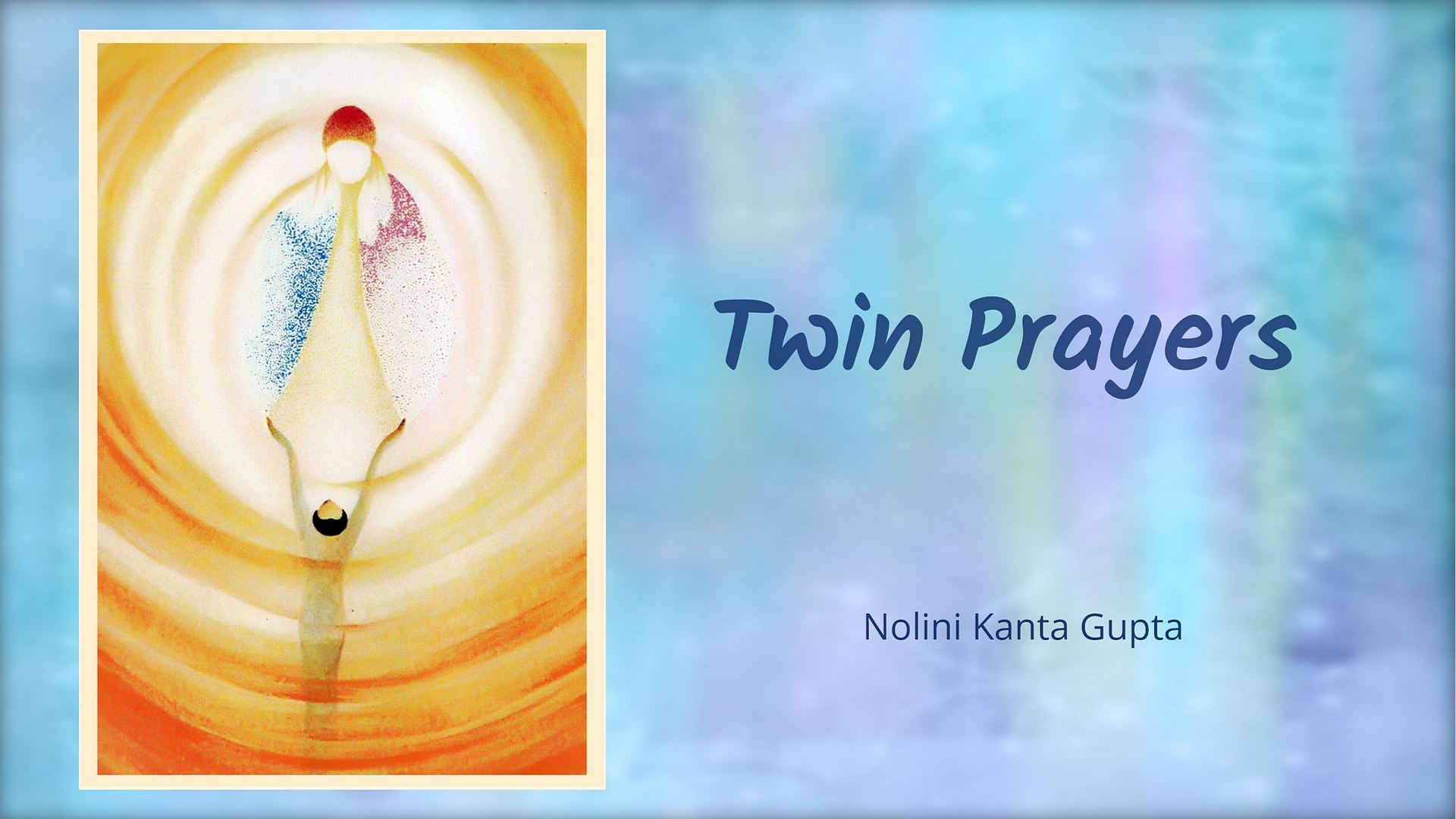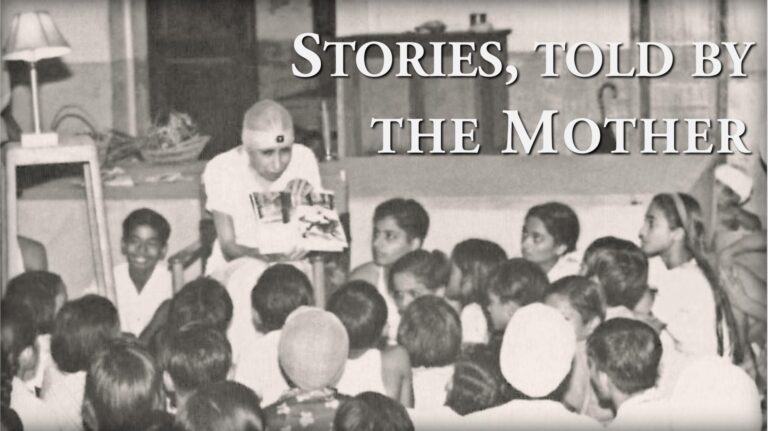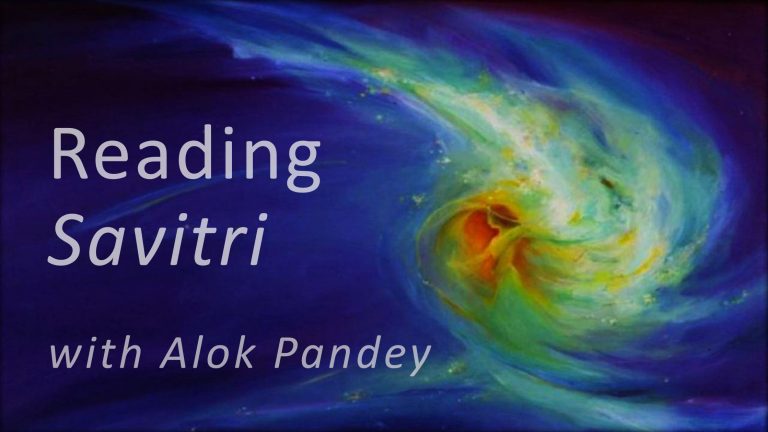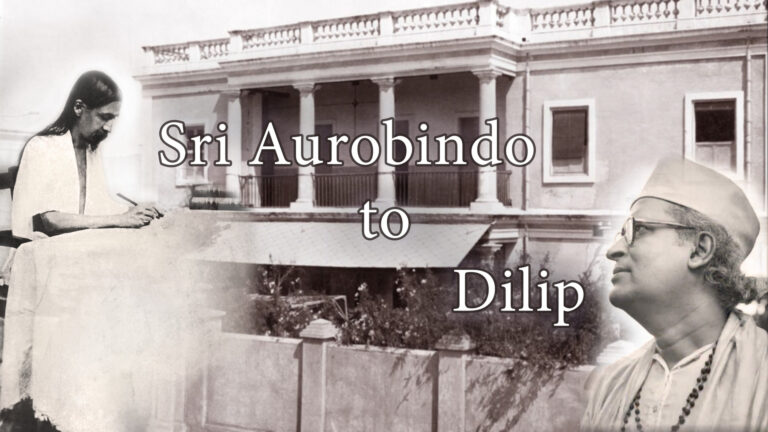1
Lord, this morning Thou hast given me the assurance that Thou wouldst stay with us until Thy work is achieved, not only as a consciousness which guides and illumines but also as a dynamic Presence in action. In unmistakable terms Thou hast promised that all of Thyself would remain here and not leave the earth-atmosphere until earth is transformed. Grant that we may be worthy of this marvellous Presence and that henceforth everything in us be concentrated on the one will to be more and more perfectly consecrated to the fulfilment of Thy sublime Work.
(December 7, 1950)
The Mother’s prayer to Sri Aurobindo — so beautiful, so poignant and so true — we, her children, now turn round and re-address to her own sweet self.
The new creation that the Mother embodied is not lost, it is not wiped out with the disappearance of the material body. It has been a true creation and is indelibly implanted in the earth-atmosphere and will remain there for eternity. And it is not merely a static structure, it is a living and growing entity. It is not in the earth’s atmosphere a mere image or a lifeless picture transfixed there as on a canvas strip. It is living and growing — living and growing not only in itself and for itself, but making its habitat, the atmosphere, also live and grow in new dimensions, that is to say, transforming it in accordance with its own developing truth and reality. It is growing and characteristically growing downwards, that is to say, extending itself more and more towards an earthly manifestation or incarnation. It is like the Ashwattha tree spoken of by the Rishis of old that stands upside down, the roots upward and the branches spreading out downwards; indeed it is growing downwards, drawing its life-sap from above. The physical embodiment, the materialisation of the inner formation, will happen in course of time inevitably. It will touch the ground, the very ground of the earth, and stand as its marvel-creation — through a process of calamities and catastrophes perhaps, which may indeed be minimised if circumstances permit and the Grace admits; but whatever the process, the end is decreed, for the decree is that of the Divine and it is the destiny of the earth-consciousness.
2
This is, however, the Mother’s part of the work and she is doing it perfectly, on her side. But what about ourselves? What is our share of the work? For it is intended that we, her children, should be collaborators in her work, so that we too may be integrated into the Divine realisation. The Mother herself has indicated the line of service we can render to her in the communication I just read out to you:
… henceforth everything in us be concentrated on the one will to be more and more perfectly consecrated to the fulfilment of Thy sublime Work.
The situation has somewhat changed since then and has become more difficult. On the departure of Sri Aurobindo, some time after, Mother gave us a message, an admonition, pointing out to us the difficulty:
To follow Sri Aurobindo in the great adventure of his integral yoga, one needed always to be a warrior; but now that he has physically left us, one needs to be a hero.[1]
At present when the Mother too is no more here — apparently — and we seem to be abandoned children, what are we to do or be? It is no longer sufficient to be a warrior, nor sufficient even to be a hero. What should we be? Something greater than a hero. One must be a Yogi. The Yogi is one who has the Divine Consciousness or the Mother’s consciousness. If you find that it is not so easy for one to be a Yogi, even if one tries sincerely, I suggest to you another alternative. It is to leap into another dimension: to be a child, a child of the Mother.
I give you this subject for meditation: on becoming… a child, an ideal child of the Mother.
Published August 1974
[1] Pour suivre Sri Aurobindo dans la grande aventure de son yoga intégral, il fallait toujours être guerrier; mais maintenant qu’il nous a quitté physiquement, il faut être un héro. November 24, 1952




